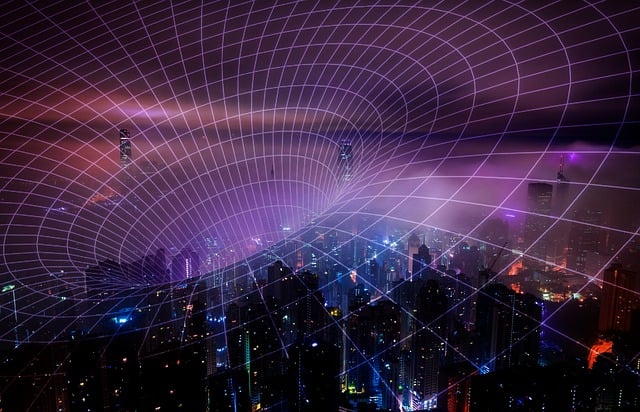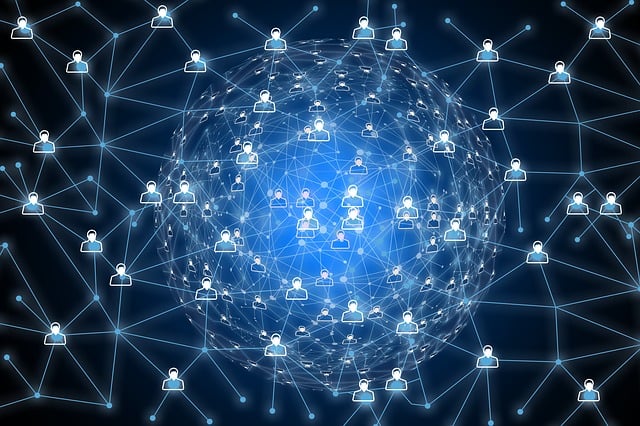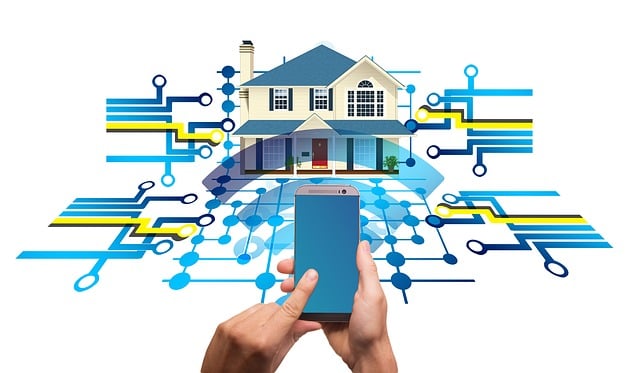The Future of Connectivity: Unveiling the Power of 5G

As we step into a new era of technological advancements, one term has become synonymous with the future of connectivity: 5G. This fifth-generation wireless technology promises to revolutionize how we connect, communicate, and interact with the world around us. But what exactly is 5G, and why is it such a game-changer? In this blog, we'll delve into the key aspects of 5G, its benefits, challenges, and the potential it holds for transforming various industries.
What is 5G?
5G stands for the fifth generation of mobile networks, a successor to the 4G LTE networks that currently dominate our mobile communications. Unlike its predecessors, 5G is not just an incremental improvement. It's a significant leap forward in terms of speed, capacity, and latency. This new standard operates on higher frequency bands, allowing for faster data transfer rates and more efficient communication between devices.

The Key Benefits of 5G
- Lightning-Fast Speeds One of the most significant advantages of 5G is its incredible speed. With theoretical download speeds reaching up to 10 Gbps, 5G is expected to be 100 times faster than 4G. This means you can download a full-length HD movie in seconds, stream 4K videos without buffering, and enjoy seamless gaming experiences.
- Ultra-Low Latency Latency refers to the time it takes for data to travel from its source to its destination. In 5G networks, latency is expected to be as low as 1 millisecond, compared to around 30-50 milliseconds in 4G. This ultra-low latency is crucial for applications requiring real-time responses, such as augmented reality (AR), virtual reality (VR), and autonomous vehicles.
- Massive Device Connectivity
5G can support a massive number of connected devices simultaneously. This
capability is essential for the growth of the
Internet of Things (IoT), where billions of devices—from smart home appliances
to industrial sensors—need to communicate
with each other seamlessly.

- Improved Network Reliability With advanced network management techniques, 5G promises more reliable connections, even in densely populated areas. This reliability is critical for mission-critical applications like remote surgery and emergency services.
- Enhanced User Experience
The combination of high speeds, low latency, and robust connectivity will
enhance the overall user experience. From
faster web browsing to immersive AR and VR experiences, 5G will open up new
possibilities for entertainment, education,
and more.


The Challenges of 5G
While the benefits of 5G are immense, there are also several challenges that need to be addressed:
- Infrastructure Development Building a 5G network requires significant infrastructure investment, including installing small cells, upgrading existing towers, and laying fiber optics. This development is costly and time-consuming, especially in rural and underserved areas.
- Spectrum Allocation 5G operates on higher frequency bands, which have limited range and require more base stations. Governments and telecom companies must carefully allocate spectrum to ensure efficient use and minimize interference.
- Security Concerns As with any new technology, 5G brings potential security risks. The increased number of connected devices can create more entry points for cyberattacks. Ensuring robust security measures is crucial to protect user data and maintain network integrity.
- Health and Environmental Concerns There has been public concern about the potential health effects of 5G radiation. While current scientific consensus suggests that 5G poses no greater risk than previous generations, ongoing research and transparent communication are essential to address these concerns.
The Future of 5G
The rollout of 5G is already underway in many parts of the world, and its impact is expected to be transformative. From smart cities and autonomous vehicles to telemedicine and beyond, 5G will play a pivotal role in shaping the future. Industries will benefit from faster, more reliable connectivity, leading to increased efficiency, innovation, and new business opportunities.

